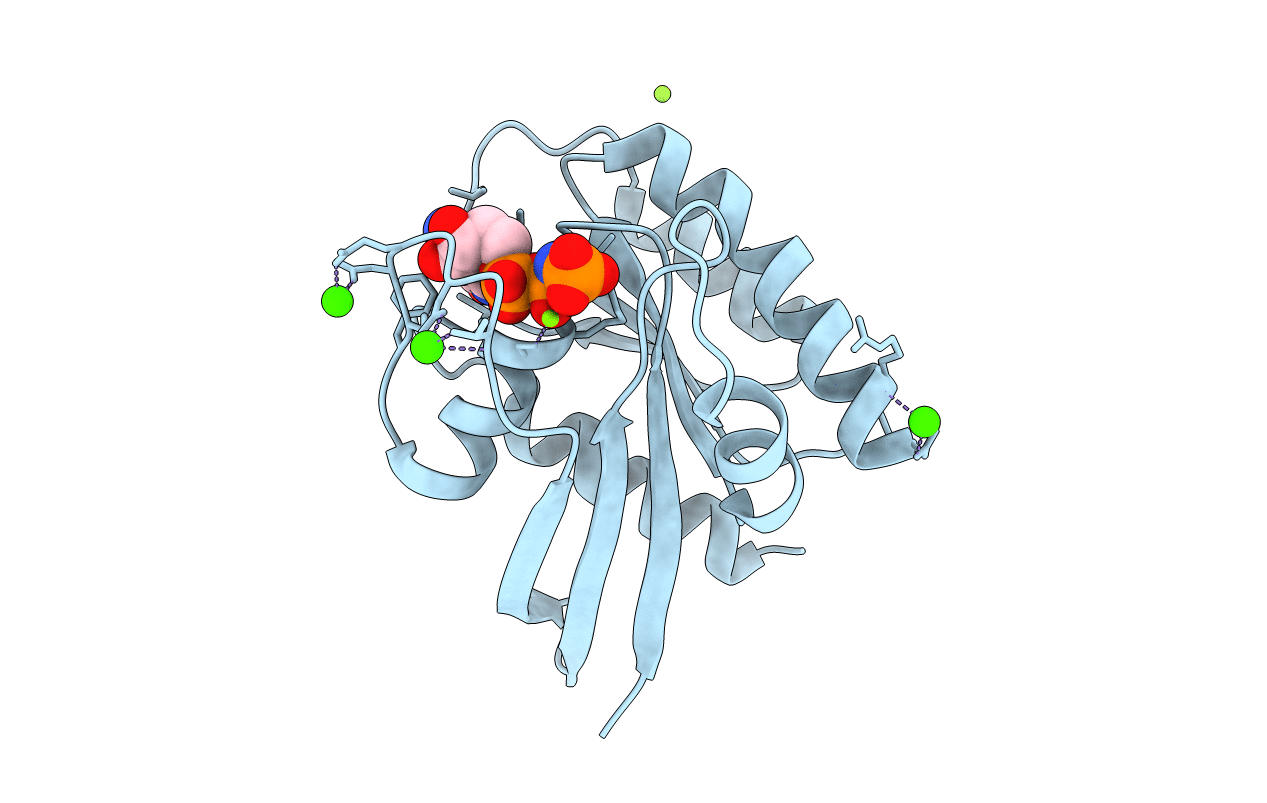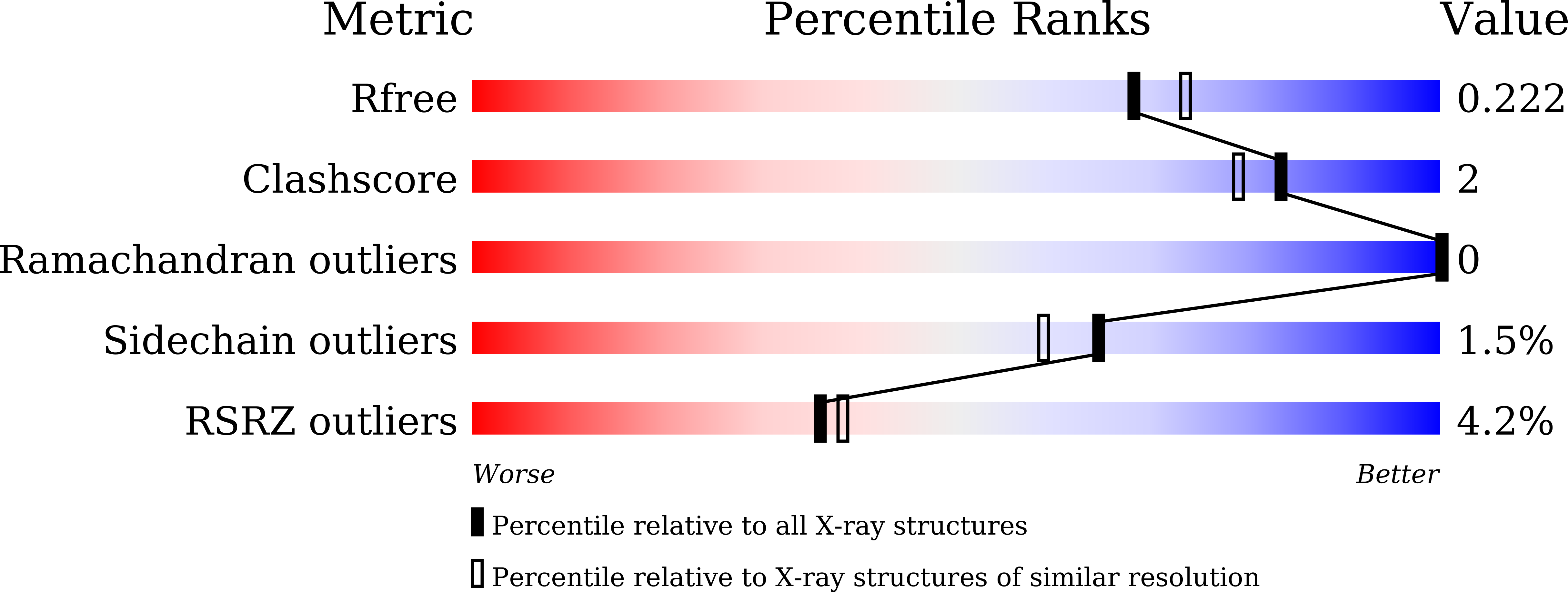
Deposition Date
2020-12-19
Release Date
2021-07-28
Last Version Date
2023-11-29
Entry Detail
PDB ID:
7DPJ
Keywords:
Title:
H-Ras Q61L in complex with GppNHp (state 1) after structural transition by humidity control
Biological Source:
Source Organism:
Homo sapiens (Taxon ID: 9606)
Host Organism:
Method Details:
Experimental Method:
Resolution:
1.98 Å
R-Value Free:
0.22
R-Value Work:
0.18
Space Group:
H 3 2


